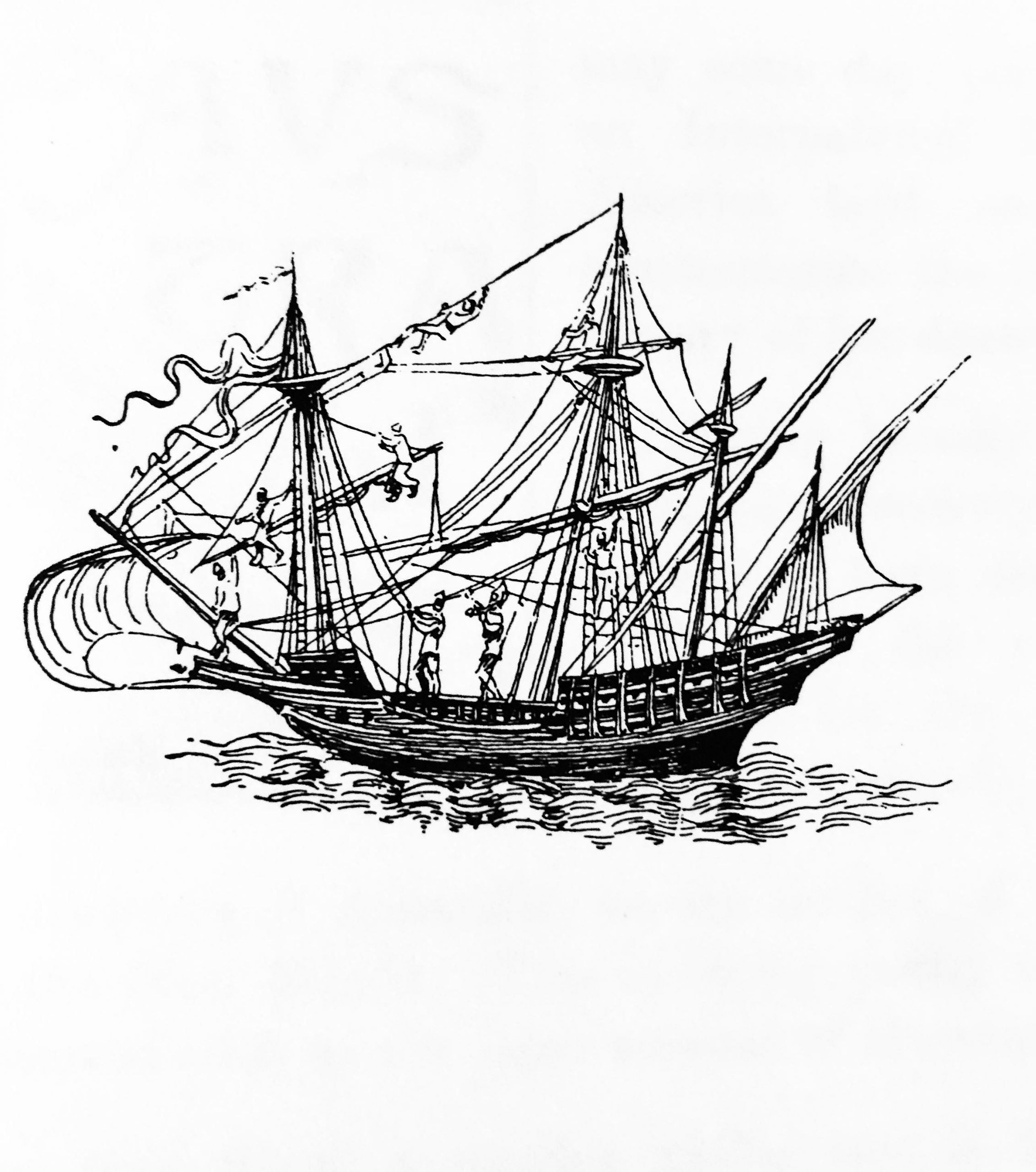Australia’s history is far more exciting and interesting than we were taught in schools, and the blinkers are only just starting to be removed on the way we think about this country’s past. Our Indigenous history is not of one homogenous people, but a fascinating array of different nations, trading and occasionally warring with each other, borders changing along with linguistic and genetic exchanges. In recent years there have been unearthed the graves of giant men, complex jewellery, along with evidence of substantial settlements, agriculture and science.
The old narrative that Captain Cook “discovered” Australia is Anglocentric propaganda that was never true. He was an excellent navigator and a clever captain, and any long voyage of the day deserves our admiration, yet it was very unlikely that he was the first European to sail along the East Coast, as charts of this area have surfaced that are far older.
Up until recently our early history was summarised by the stories of a dozen explorers, a few decades of convict fleets and various gold rushes. There’s so much more to it than that. Not only is it extremely likely that the Chinese first visited Australia some two thousand years ago, but coins minted by pre-medieval African kingdoms have been unearthed on Australian soil.
An eighth-century map, from the Royal Library of Turin, bears the following words, translated from Latin, “Besides these three parts of the world there is a fourth part beyond the interior (Indian) ocean, which on account of the heat of the sun is unknown to us, and where may live the fabulous antipodeans.”
Marco Polo, not knowing the full extent of the coast of Java, bundled it in with the known southern continent to call it Java Major. Henry the Navigator possessed a map (now lost) that clearly showed the Australian continent – then named the appropriate “Land of Parrots.”
A French wooden globe, dated to 1535, clearly shows portions of the Australian continent and the words, “Terra Australis recenter inventa anno 1499, sed nondum plene cognita.” This translates to “Terra Australis recently discovered in 1499, but not yet fully recognized.”
This was more than a century before the officially recognised “first” arrival, Willem Janszoon in 1606.
From 1500 onwards, the list of possible arrivals on Australia’s shores is a very long one, staring with Frenchman De Gonneville and including mariners such as Magalhaen, Villalobos and de Torres. We know for a fact that Alvaro de Mendaña set off on a voyage charged with finding and annexing Terra Australis for Spain in 1595.
The exact sequence of events will never be known, but it’s a rich tale nonetheless, and I drew on it heavily for my latest novel. It’s a wonderful thing to find these rich veins of history, and weave a tale around it. Looking forward to getting stuck into the next one.
